This article was co-authored by Find BC Dietitians. Find BC Dietitians is a central hub of qualified nutrition experts in British Columbia, Canada with a mission to connect people to a registered dietitian best suited for their needs. BC Dietitians offer online consultations and provide evidence-based care on a wide range of nutrition matters such as diabetes, weight management, food allergies, eating disorders, and intuitive eating.
There are 8 references cited in this article, which can be found at the bottom of the page.
This article has been viewed 73,705 times.
Cholesterol is in the fats that are in your blood. Having high LDL cholesterol is dangerous for your health because it contributes to creating blockages in your arteries. This can increase your risk of a heart attack. Many people can successfully lower their cholesterol by making dietary and lifestyle changes. If you work hard at it, you may not need to take medications such as statins.[1]
Steps
Controlling Cholesterol through Diet
-
1Lower your cholesterol intake. The Mayo Clinic recommends that people eat 300 milligrams or less of cholesterol per day. For people with heart disease, the recommended amount is even lower, at 200 milligrams per day. You can reduce the amount of cholesterol you eat by:[2]
- Using egg substitutes instead of eating eggs. The yolk is high in cholesterol.
- Drinking skim milk instead of whole milk.
- Eating lean meats like fish and poultry.
- Avoiding organ meats.
- There is evidence that the Portfolio diet can lower LDL cholesterol by about 11% in adults who have mild to moderately high LDL cholesterol levels.[3]
-
2Reduce your consumption of saturated and trans fats. These fats increase your cholesterol levels. A better alternative is to eat monosaturated fats. You can do this by:[4]
- Cooking with monosaturated fats such as olive oil, peanut oil, and canola oil.
- Avoiding saturated fats such as butter, solid shortening, sausage, hard cheese, milk chocolate, lard, cream, coconut and palm oil.
- Eating lean meats such as poultry and fish. If you eat fatty meats, trim the fat away.
- Reading the packaging of commercially prepared foods. Many foods that are marked trans fat-free do actually contain trans fats. If the ingredients list partially hydrogenated oils, the product contains trans fats. Common products with trans fats include margarine and store-bought cookies, cakes, and crackers.
Advertisement -
3Evaluate the meats you eat. You can reduce your cholesterol by trimming the fat from your meats and opting for lean meats such as poultry and fish. Some types of fish are even better than eating poultry:[5]
- Cod, tuna, and halibut have less fat and cholesterol than poultry. Try substituting fish in place of beef, pork, or chicken at least twice per week.
- Salmon, mackerel, and herring contain omega-3 fatty acids which are good for your heart.
-
4Increase the amount of fruit and vegetables you eat. Fruits and vegetables are high in fiber and vitamins and low in fat and cholesterol. Try to eat four to five servings of fruit and four to five servings of vegetables per day. A serving is approximately a half a cup of cut vegetables. You can:[6]
- Substitute a piece of fruit for dessert in the evenings. Healthy alternatives to ice cream and cakes include apples, bananas, and fruit salads. Don't add sugar to the fruit salads because this increases the calories.
- Take fresh fruit and vegetables with you to snack on throughout the day. Carrots, peppers, apples, and bananas are easy to bring with you wherever you go.
- Start your meals with a salad. By eating the salad at the beginning of the meal, you are likely to eat more of it because that is when you are most hungry. You can keep the salads interesting by putting different combinations of fruits and vegetables in it.
- Serve vegetables as part of your main dish. Substitute squash or cooked vegetables for pasta or rice.
-
5Eat more fiber. Fiber can help lower cholesterol. In addition, foods that are high in fiber, like whole grains, will help fill you up so that you don't overeat. The Portfolio diet, which focuses on adding specific plant-based foods to your diet daily like soy, plant sterols, soluble fibres, nuts, dried beans, peas, and legumes, has been linked to lowering LDL cholesterol.[7] Other tasty fiber options include:
- Brown rice instead of white
- Whole-wheat pasta
- Whole grain bread
- Oatmeal
- Bran
-
6Monitor your sugar consumption. Sugar and other simple carbohydrates may increase your risk for having high triglycerides. Triglycerides are additional fatty materials that are in your blood. Eating a low sugar diet will help prevent them from getting too high.[8] [9]
- Cut sweets like candies, cakes and pastries from your diet.
- White flour is also a simple carbohydrate. Reduce the amount of baked goods you eat that are made from processed white flour. This includes white breads and many store-bought crackers, cakes, and muffins.
-
7Talk to your doctor about supplements. Many natural supplements have not been scientifically demonstrated to reduce cholesterol. In addition, it is important to discuss supplements with your doctor because some may interact with other medications, including over-the-counter medications. Supplements are not strictly regulated, so the dosages and ingredients may be inconsistent. It is particularly important to discuss any supplements with your doctor if you are pregnant, nursing, or treating a child. That being said, some people have reported positive effects from the following:[10]
- Whey protein
- Artichoke
- Barley
- Beta-sitosterol
- Blond psyllium
- Garlic
- Oat bran
- Sitostanol
-
8Don't take red yeast with lovastatin. Lovastatin is the active ingredient in the drug Mevacor. When it is taken as part of a supplement, it is not regulated to make sure that the dosages are consistent. This means you could be taking a dangerous amount without realizing it.[11]
- Check the ingredients on any red yeast supplements. If it contains lovastatin, do not take it.
-
9Ask about niacin. Niacin is a B3 vitamin that can inhibit production of bad cholesterol, increase your good cholesterol, and lower triglycerides.[12] Niacin must be taken in high doses in order for it to work, so you'll need to take it with the guidance of a doctor, as risks include liver damage, gastrointestinal problems, or glucose intolerance.[13]
- You may also experience flushing while using niacin (characterized by a warmth, itching, redness, or tingly feeling under your skin). However, as you continue to take niacin, flushing should subside.
- Flushing can be made worse by drinking alcohol or hot beverages.
Adjusting Your Lifestyle
-
1Quit smoking. Quitting smoking can benefit your cholesterol levels, lower your blood pressure, and reduce your chances of developing heart disease. If you need help quitting there are many resources available. You can:[14] [15]
- Talk to your doctor. Your doctor will be able to tell you what treatments are likely to be best for you.
- Join a support group in person or online. Your doctor may be able to recommend resources in your area. You can also contact your local health department and search for resources online.
- Get support from a hotline.
- See an addictions counselor. Your doctor may be able to recommend someone who specializes in helping people quit smoking.
- Get residential treatment.
- Try nicotine replacement therapy.
-
2Limit your alcohol consumption. Alcohol is generally high in calories and drinking too much of it can make you gain weight. To remain as healthy as possible, restrict your alcohol intake to, at most:
- One drink per day for women
- One to two drinks per day for men
-
3Exercise. Talk to your doctor before starting any new exercise regime to make sure that you are healthy enough. You can get substantial benefits from even moderate levels of exercise if it is done regularly. Once you are in shape, you should aim for 30 to 60 minutes of exercise each day. Many people enjoy:
- Biking
- Swimming
- Jogging
- Joining a community sports team, like basketball, volleyball, or tennis
-
4Lose weight. If you are overweight, losing as little as five percent of your body weight can help you control your cholesterol levels. It is likely to be especially beneficial for:[16] [17]
- People with a body mass index over 29
- Men who have a waist circumference of 40 or more inches
- Women who have a waist circumference of 35 or more inches
References
- ↑ http://www.nhs.uk/Conditions/Cholesterol/Pages/Treatment.aspx
- ↑ http://www.nhlbi.nih.gov/health/resources/heart/heart-cholesterol-hbc-what-html
- ↑ Find BC Dietitians. Registered Dietitians Group. Expert Interview. 22 October 2020.
- ↑ http://www.nhs.uk/Conditions/Cholesterol/Pages/Treatment.aspx
- ↑ http://www.nhs.uk/Conditions/Cholesterol/Pages/Treatment.aspx
- ↑ https://www.betterhealth.vic.gov.au/health/conditionsandtreatments/cholesterol-healthy-eating-tips
- ↑ Find BC Dietitians. Registered Dietitians Group. Expert Interview. 22 October 2020.
- ↑ https://www.betterhealth.vic.gov.au/health/conditionsandtreatments/cholesterol-healthy-eating-tips
- ↑ http://www.nhs.uk/Conditions/Cholesterol/Pages/Causes.aspx
- ↑ https://www.nccih.nih.gov/health/providers/digest/high-cholesterol-and-natural-products-science
- ↑ https://www.nccih.nih.gov/health/providers/digest/high-cholesterol-and-natural-products-science
- ↑ https://www.hsph.harvard.edu/nutritionsource/niacin-vitamin-b3/
- ↑ https://www.hsph.harvard.edu/nutritionsource/niacin-vitamin-b3/
- ↑ https://health.clevelandclinic.org/from-fiber-to-fish-oil-natural-ways-to-lower-your-cholesterol/
- ↑ https://health.clevelandclinic.org/from-fiber-to-fish-oil-natural-ways-to-lower-your-cholesterol/
- ↑ http://www.nhlbi.nih.gov/health/resources/heart/heart-cholesterol-hbc-what-html
- ↑ https://health.clevelandclinic.org/from-fiber-to-fish-oil-natural-ways-to-lower-your-cholesterol/
About This Article
To control cholesterol without statins, reduce the amount of saturated and trans fats in your diet. For example, you can cook with olive oil instead of butter and you can replace beef and pork in some of your meals with lean meats like fish. Along with these adjustments, make an effort to eat 4 to 5 servings of fruits and vegetables a day since these are low in cholesterol but high in vitamins. It’s easy to feel tempted by sugary treats like candies and pastries, but try to cut down on these to stay healthy. If you need additional help managing your cholesterol, ask your doctor about supplements you can take. For more tips from our Medical co-author, including how to quit smoking to help your cholesterol levels, scroll down!

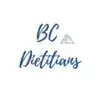
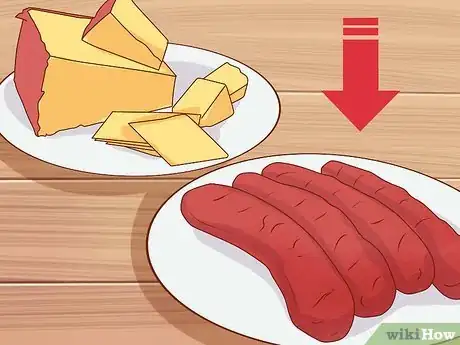
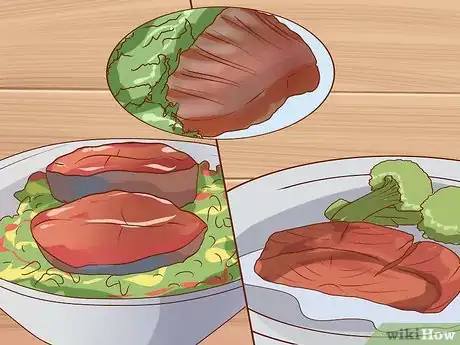
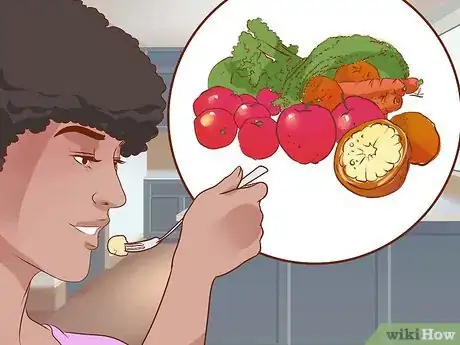

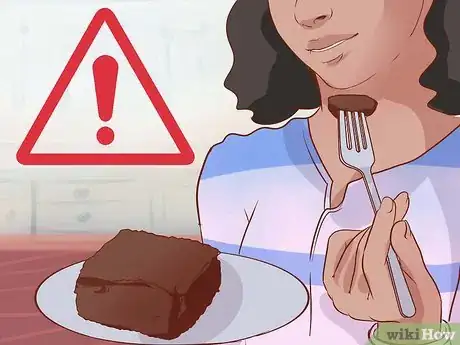
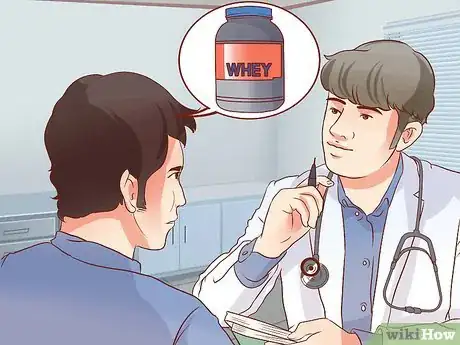
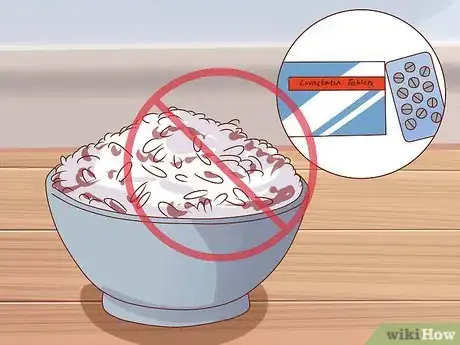
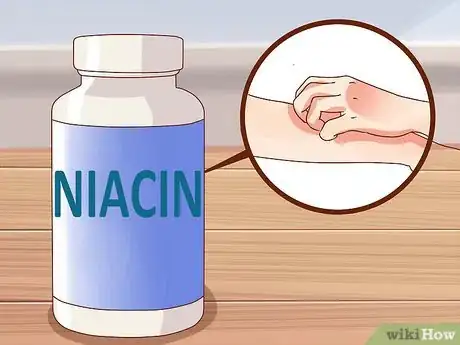
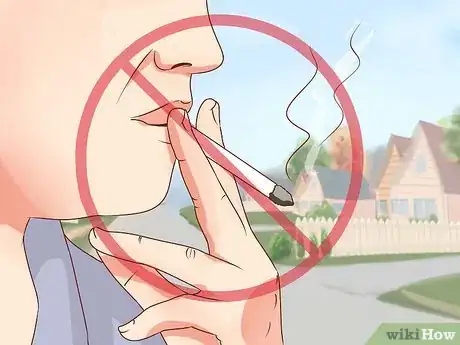

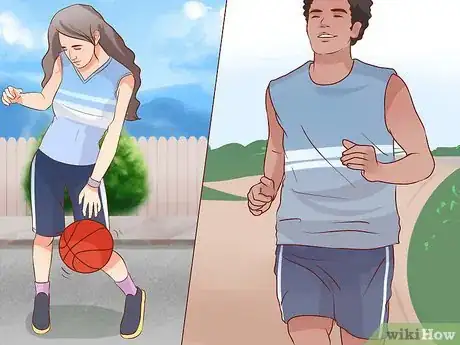
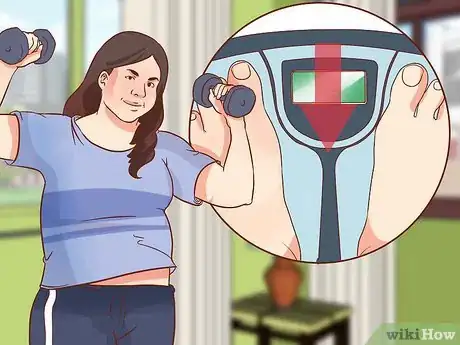

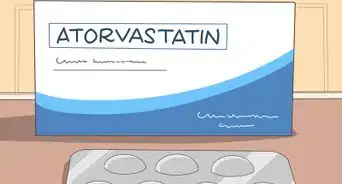




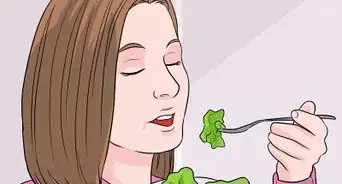
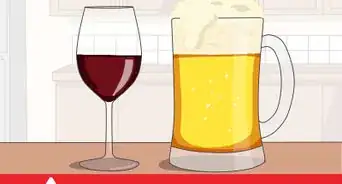



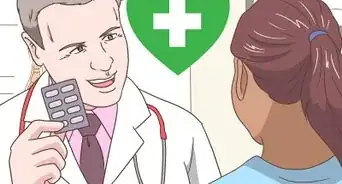
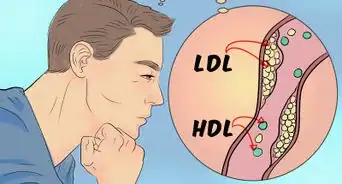
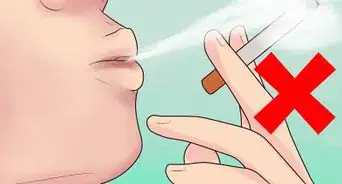







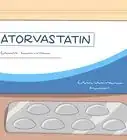
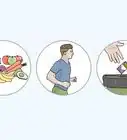




































Medical Disclaimer
The content of this article is not intended to be a substitute for professional medical advice, examination, diagnosis, or treatment. You should always contact your doctor or other qualified healthcare professional before starting, changing, or stopping any kind of health treatment.
Read More...